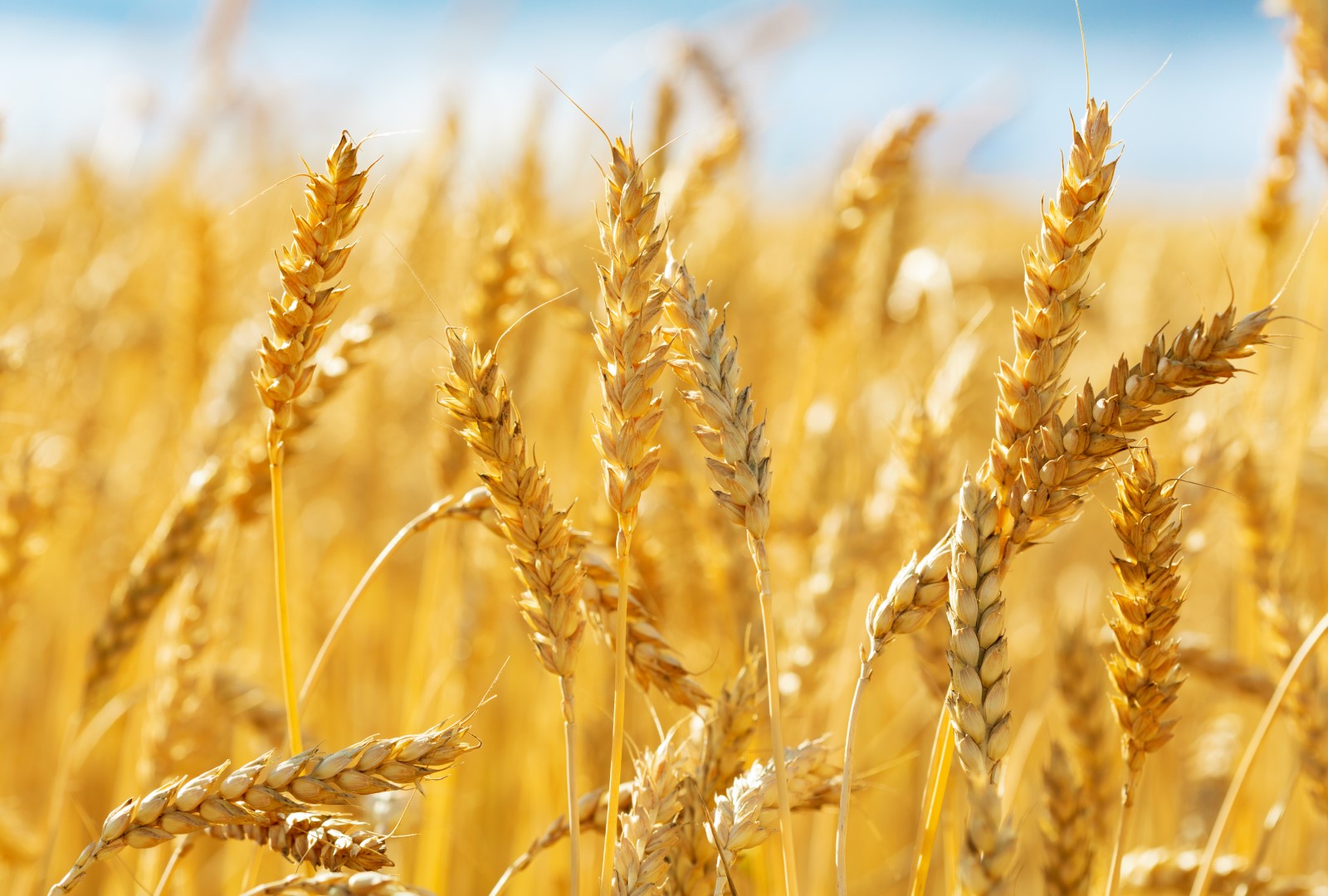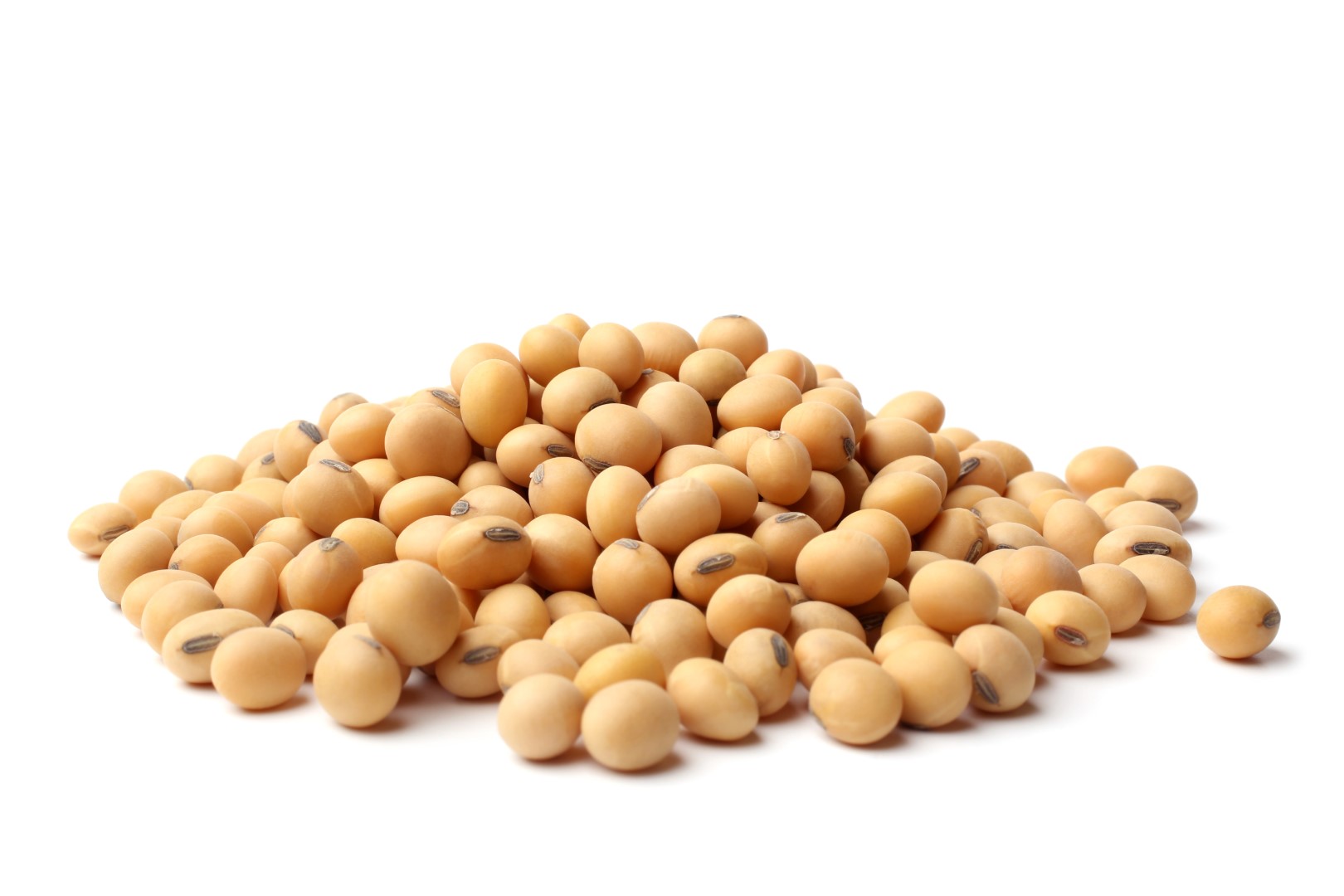Module 1 and 2 | Feedstuffs
MONDAY 3 JUNE AND TUESDAY 4 JUNE
Formulating animal feed is a complex task. Many different feedstuffs are available with very different nutritional characteristics. Next to the cost price, nutritional quality and feed safety of feedstuffs need to be considered in formulating animal feed. Many typical characteristics of feedstuffs are not considered in linear programming, therefore usage greatly depends on the knowledge and skills of the person formulating the diets. This module brings feeding value, feed quality and feed safety together.
Learning objectives
- To obtain knowhow on the nutritional value of feedstuffs, the reasons for variation in nutritional quality and usability in feed formulations for different species by studying the origin and characteristics of each feedstuff.
- To obtain knowhow on how to implement this practical knowledge in quality control, purchasing of feedstuffs and feed formulation.
Submodules
The modules Feedstuffs contains two submodules:
- Module 1: Cereals, legumes and cereal by-products
- Module 2: Other industrial by-products, oil seeds and by-products oil extraction, animal by-products fats and oils
Remarks
Note that for every participant samples of 60 feedstuffs will be available during the training
DAY 1: MONDAY 3 JUNE
CEREALS, LEGUMES AND CEREAL BY-PRODUCTS
Welcome and introduction
Cereals
Cereal grains are the main ingredients in animal feed and deliver a large portion of the energy in the diet. The characteristics, critical points, (chemical, mineral, amino acid, and fatty acid) composition and nutritional value of the following cereals will be discussed:
- Corn/Maize
- Wheat
- Spelt
- Rye
- Triticale
- Barley
- Oats
- Sorghum

Legumes
The characteristics, critical points (anti-nutritional factors), (chemical, mineral, amino acid, and fatty acid) composition and nutritional value of the following legumes will be discussed:
- Beans
- Peas
- Chickpeas, cowpeas and pigeon peas
- Lentils
- Lupins
- Alfalfa pellets

Cereal by-products
After processing for human consumption, a lot of by-products remain which are suitable to be used in animal feed. The technological processes from which the cereal by-products are derived will be discussed briefly and shown by video movies. The focus will lie on the critical control points during processing and how this affects the chemical composition and nutritional value of the feedstuffs:
Maize by-products: maize feed meal, maize gluten feed and maize gluten meal.
- Maize by-products: maize feed meal, maize gluten feed and maize gluten meal
- Wheat by-products: wheat middlings, wheat gluten feed and wheat gluten meal
- Rice and oat by-products: rice bran, rice hulls and oat hulls
- Bio-ethanol production by-products: maize DDGS, wheat DDGS and wheat yeast concentrate (liquid)
- Barley by-products: barley feed meal, malt sprouts, brewers’ grains and brewers’ yeast
.jpeg)
DAY 2: TUESDAY 4 JUNE
OTHER INDUSTRIAL BY-PRODUCTS, OIL SEEDS AND BY-PRODUCTS OIL EXTRACTIONS, ANIMAL BY-PRODUCTS FATS AND OILS
Other industrial by-products
Furthermore, there are many other by-products from the human industry which are of interest for animal feed. Because of the large variation in origin and processing there is a large variation in nutritional value and application. Similar as for cereal by-products, the technological processes will be discussed and shown by video movies with the focus on the critical control points and the effect on the chemical composition and nutritional value.
- By-products from potato processing: potato pulp, potato steep water and potato protein
- By-products from sugar production: sugar beet pulp, sugar cane or sugar beet molasses and vinasse
- Chicory pulp and citrus pulp
- Tapioca
- Biscuit meal and bread meal
- Dairy products: whole and skimmed milk powder, whey and delactosed whey powder

Oilseeds and by-products oil extraction
The oilseeds and by-products of oil extraction are the most important plant protein sources for animal feed. The characteristics, critical points (anti-nutritional factors), (chemical, mineral, amino acid, and fatty acid) composition and nutritional value will be discussed. Furthermore, recommendations for setting quality assurance standards for protein rich and fat rich feedstuffs will be given:
- Soybean products: soybeans, soybean meal, soybean expeller, soy hulls and soy protein concentrate
- Rapeseed products: rape seed, rapeseed meal and rapeseed expeller
- Sunflower seed products: sunflower seed, sunflower seed meal and sunflower seed expeller
- Groundnut products: groundnuts, groundnut meal and groundnut expeller
- Cottonseed products: cotton seed, cottonseed meal and cottonseed expeller
- Palm kernel products: palm kernel meal and palm kernel expeller
- Coconut products: coconut meal and coconut expeller
- Linseed products: linseed, linseed meal and linseed expeller
- Sesame seed products: sesame seed, sesame seed meal and sesame seed expeller

Animal by-products, fats and oils
The legal aspects, characteristics, critical points (over processing), (chemical, mineral, amino acid, and fatty acid) composition and nutritional value of animal by-products like meat and bone meal, blood meal, feather meal, animal fat, fish meal, fish oil, insect protein and insect fat will be discussed.
Furthermore, the differences in fatty acid composition (n-3/n-6) of the commonly used fats and oils (soybean oil, palm oil and palm oil fatty acids) will be discussed and how u/s ratio, TFA and FFA content affects fat digestion and energy value.

Walter Van Hofstraeten

Marco de Mik
